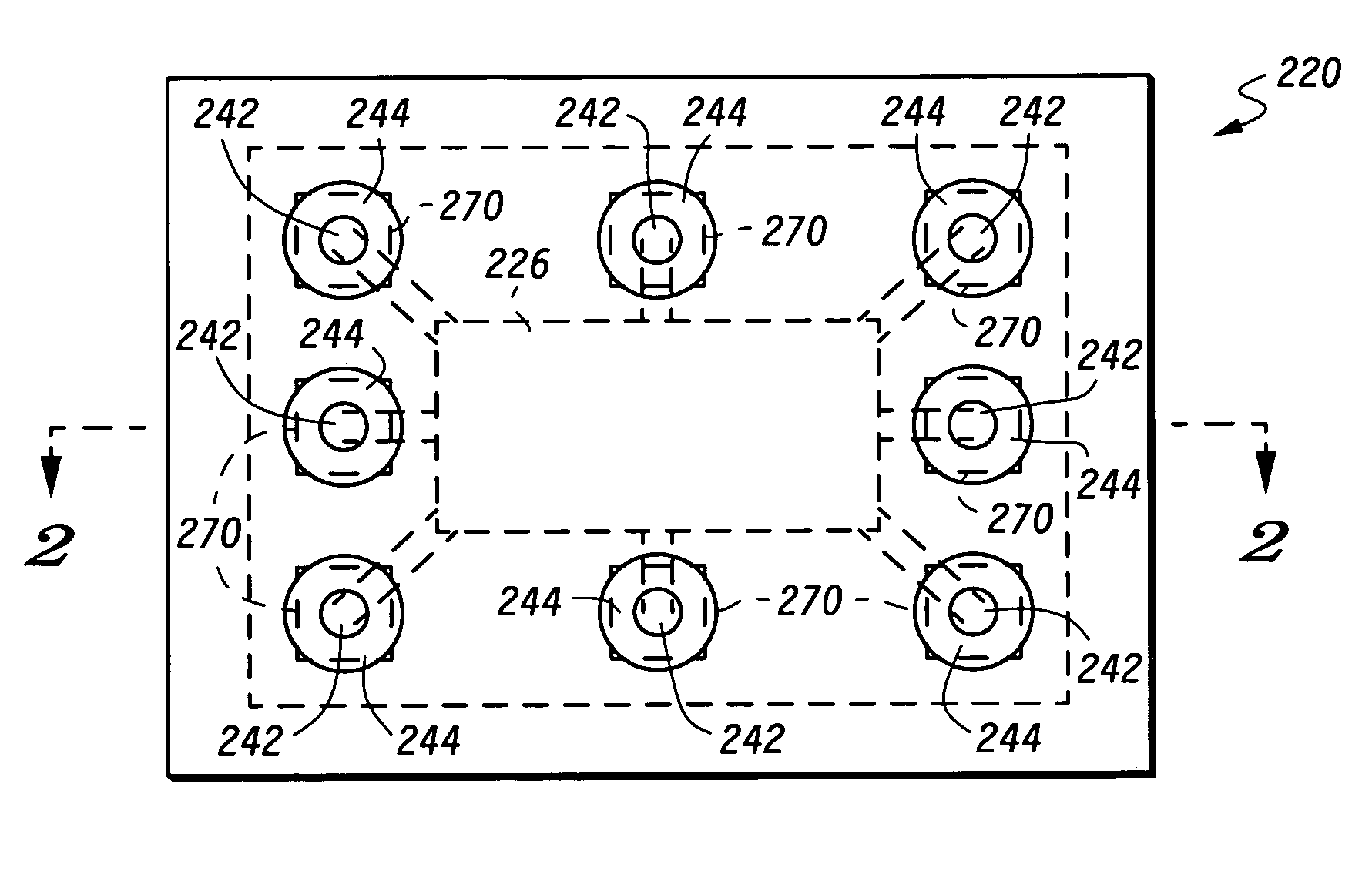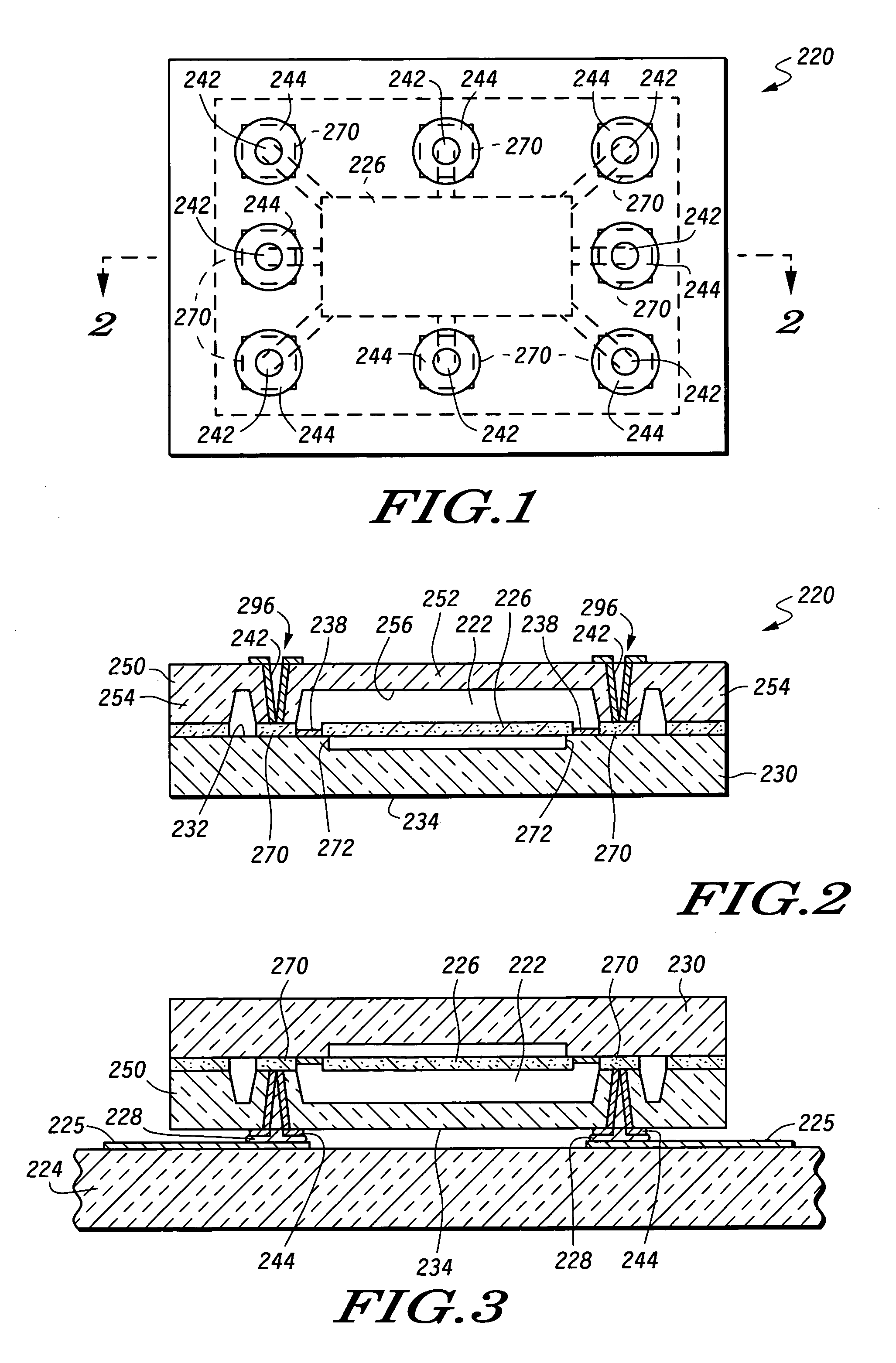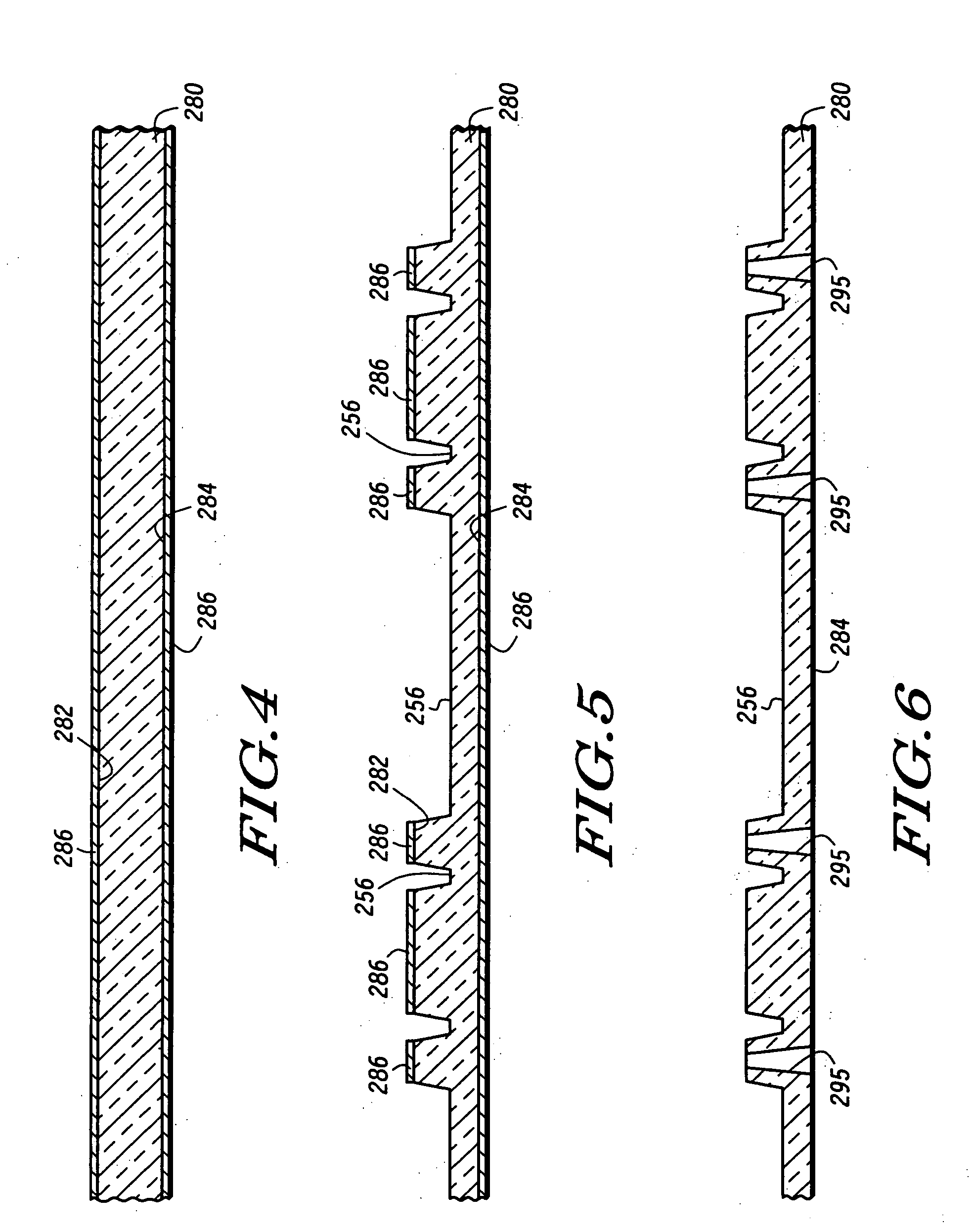Surface treatment of mechanically abraded glass
a technology of mechanical abraded glass and surface treatment, which is applied in the direction of grinding/polishing apparatus, grinding machine components, manufacturing tools, etc., can solve the problems of reducing the life of the device for hermetically sealed microdevices, reducing the sealing method and technique of pressure to increase in the cavity of microdevices, and affecting the performance of the devi
- Summary
- Abstract
- Description
- Claims
- Application Information
AI Technical Summary
Benefits of technology
Problems solved by technology
Method used
Image
Examples
Embodiment Construction
[0014] The present invention provides an improved technique to manufacture hermetically sealed microdevice packaging. In particular, the present invention provides a thermal processing technique to reduce the effects of damage to glass caused by mechanical abrasion working. Specifically, a thermal process technique is used to “polish” glass after sand blast processing by heating the glass to its softening point and holding that temperature for a specific time in order to restore transparency and surface finish and substantially reduce stress defects and microcracking. It should be noted that it is not necessary to totally remove such problems, but only to reduce to them to an appropriate degree such that subsequent processing does not induce leaks that would destroy the hermetic seal of the microdevice packaging.
[0015] What is described below is a microdevice package having conductive feedthroughs for electrically connecting a sealed microstructure in the microdevice to the outside...
PUM
| Property | Measurement | Unit |
|---|---|---|
| temperature | aaaaa | aaaaa |
| softening point | aaaaa | aaaaa |
| softening point | aaaaa | aaaaa |
Abstract
Description
Claims
Application Information
 Login to View More
Login to View More - R&D
- Intellectual Property
- Life Sciences
- Materials
- Tech Scout
- Unparalleled Data Quality
- Higher Quality Content
- 60% Fewer Hallucinations
Browse by: Latest US Patents, China's latest patents, Technical Efficacy Thesaurus, Application Domain, Technology Topic, Popular Technical Reports.
© 2025 PatSnap. All rights reserved.Legal|Privacy policy|Modern Slavery Act Transparency Statement|Sitemap|About US| Contact US: help@patsnap.com



